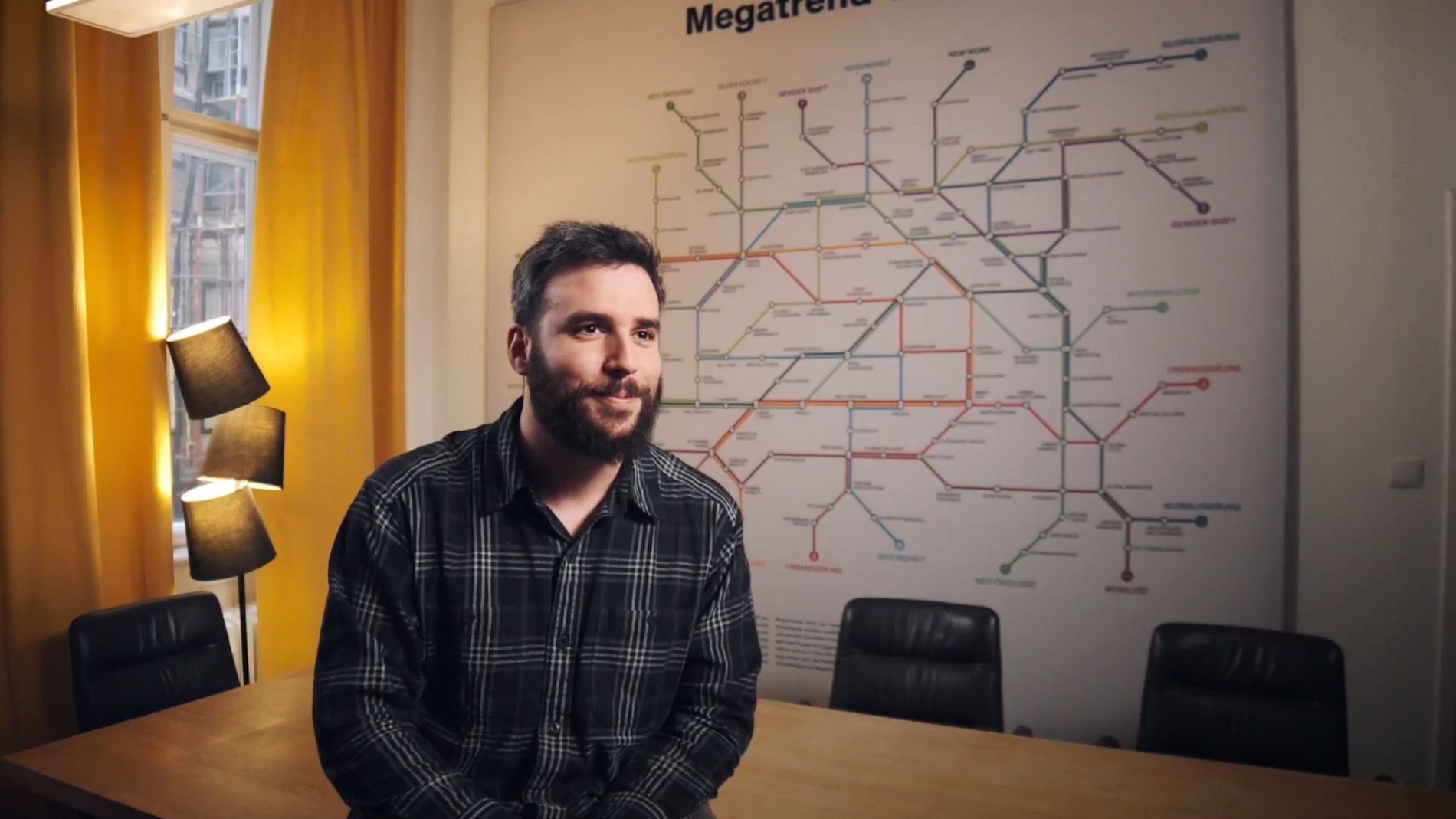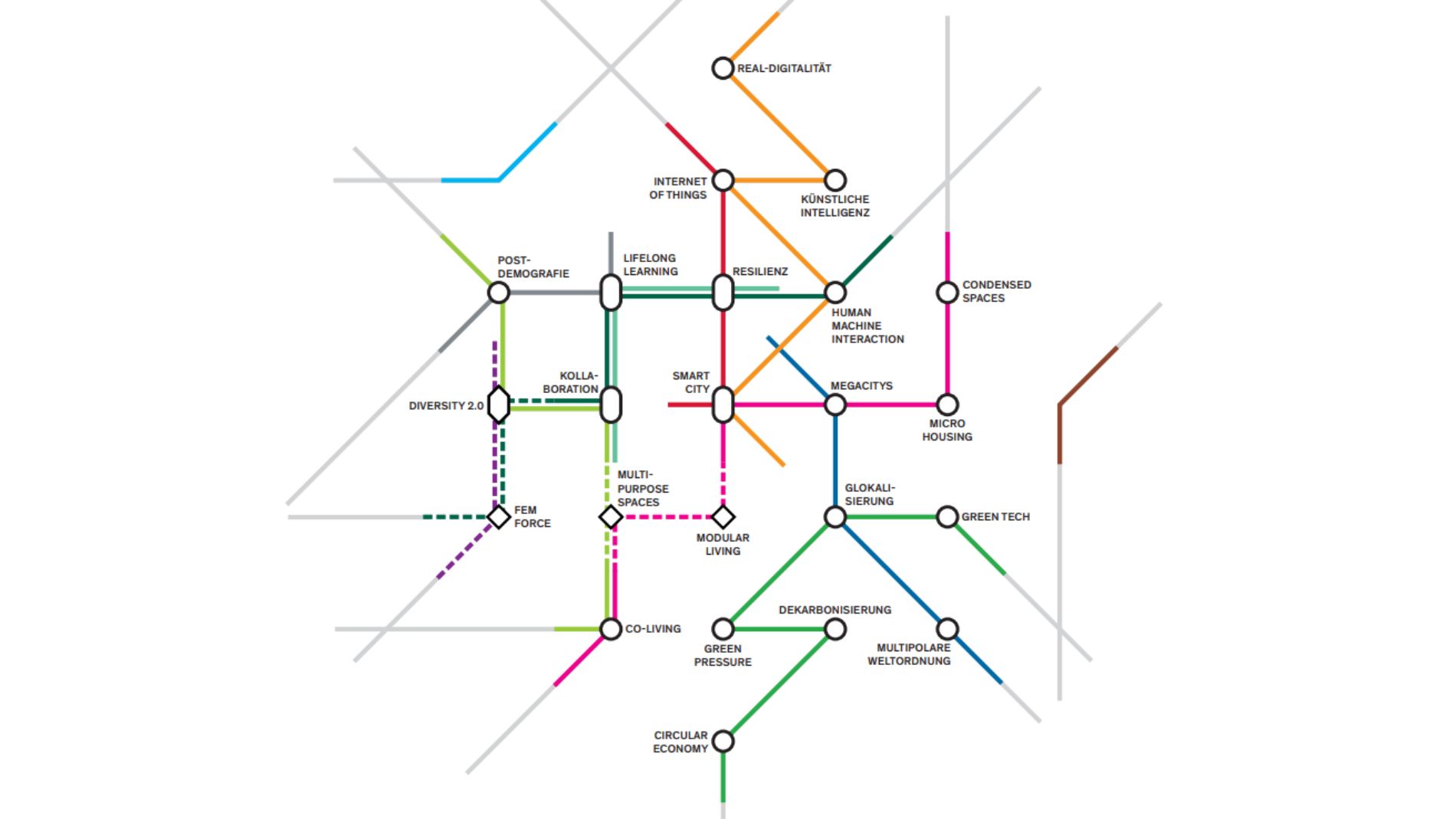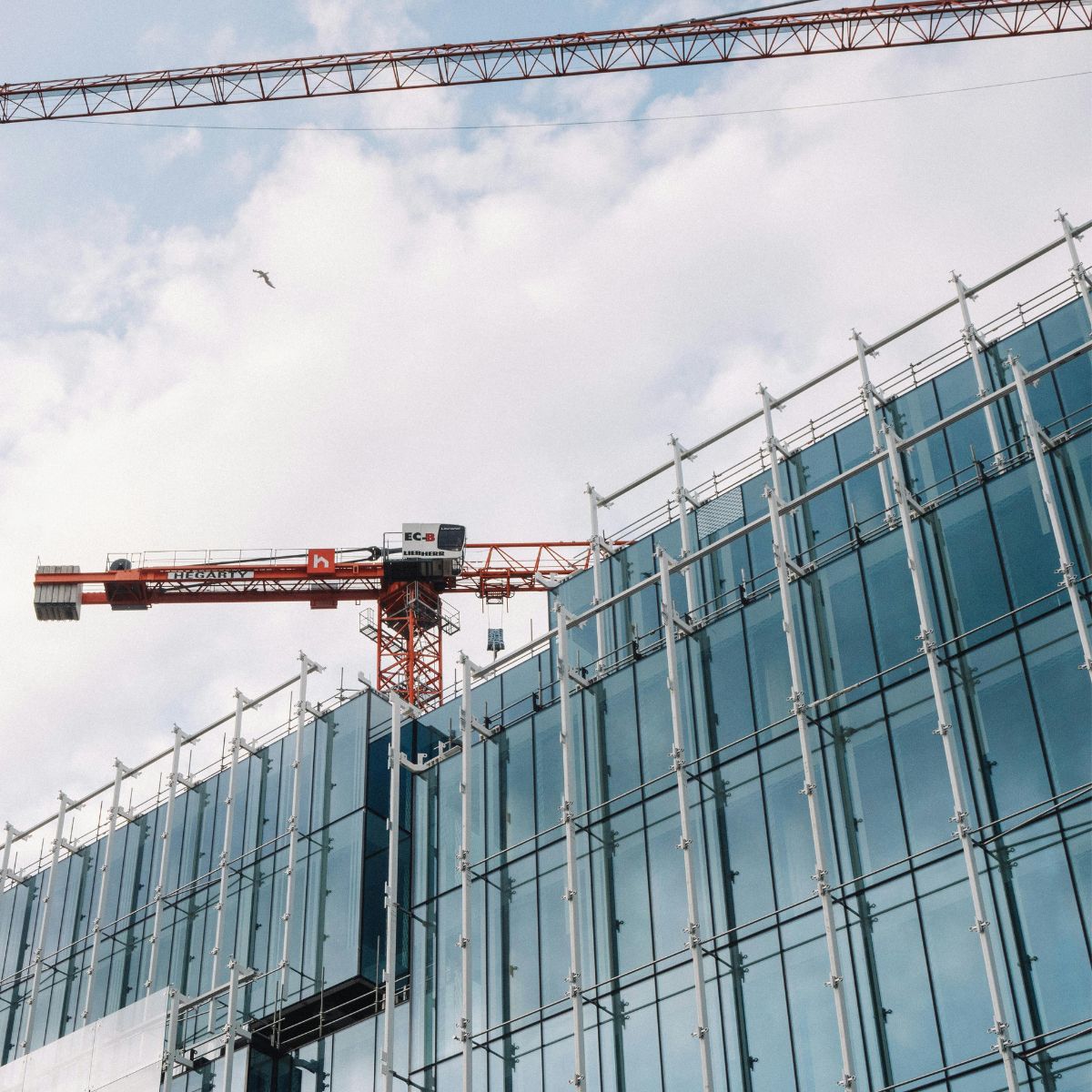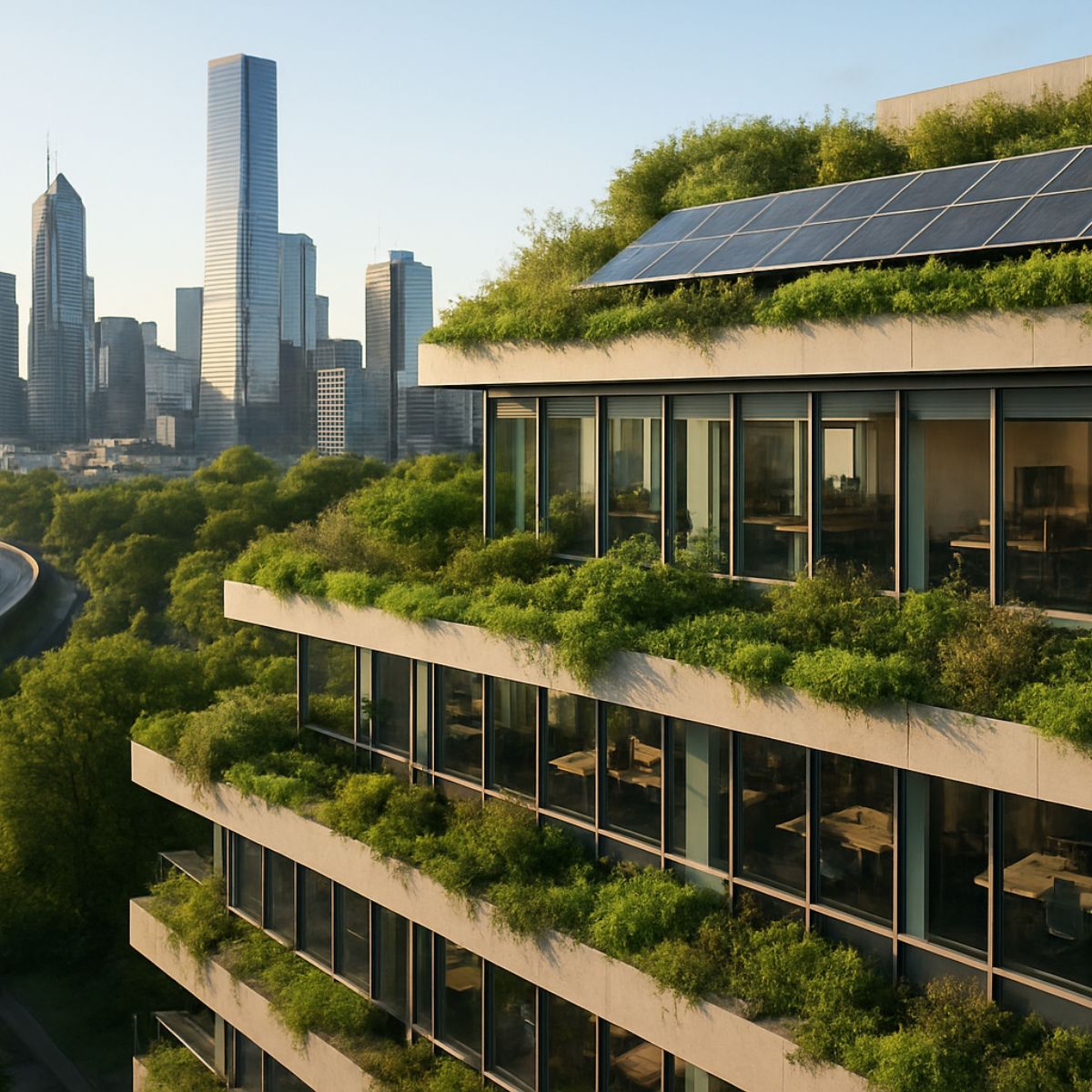Reading time: 2 minutes
As megatrends collide—climate disruption, demographic change, digital transformation, and new work cultures—cities are no longer passive backdrops. They are the stage where these pressures converge most visibly. How we design, connect, and govern urban systems will determine whether cities fracture under stress or reinvent themselves as adaptive ecosystems.
From Infrastructure to Ecosystem
Building Tech Cities marks a decisive shift: from treating buildings as static units to seeing them as nodes within interdependent networks of energy, mobility, culture, and data. This reframing challenges professionals across architecture, construction, real estate, and technology: Are you simply managing assets, or co-creating living systems?
Signals of Change
Across the globe, signals of this transformation are already visible. Munich’s multimodal mobility hubs reduce dependence on cars by integrating bicycles, e-vehicles, and public transport. In Espoo, digital twin technology enables citizens to participate directly in energy transition planning. In New York, the High Line exemplifies how obsolete infrastructure can be reimagined as a multi-purpose space for ecology, culture, and community. These are not isolated innovations but harbingers of a new paradigm.
From Sustainability to Adaptability
Traditional sustainability—minimizing harm—is no longer enough. Building Tech Cities demands adaptability and regeneration. Circular construction treats buildings as material banks, while modular housing enables rapid response to demographic and social shifts. Smart grids and predictive analytics allow energy systems to adjust in real time, balancing resilience with efficiency.
The Digital Layer
Digitalization is now inseparable from the physical fabric of cities. IoT, AI, and sensor networks create real-time awareness, but also raise questions of data equity, privacy, and trust. The whitepaper asks: how can digital systems deliver meaningful insights rather than overwhelming noise? And how can citizen engagement ensure that algorithms amplify, rather than erode, communal intelligence?
The Human Turn
Most importantly, Building Tech Cities reaffirms the human dimension. From co-living models that foster community to civic tech platforms that expand participation, the shift is clear: cities are not only about efficiency, but about belonging, adaptability, and dignity.
A Field Guide, Not a Manifesto
This publication does not prescribe fixed solutions. Instead, it offers a framework to navigate transformation. Drawing on trend research, case studies, and cross-sector insights, it equips professionals with strategic entry points to anticipate change, test new models, and collaborate across boundaries.
Looking Ahead
The future of cities is not fixed—it is open, dynamic, and collective. Building Tech Cities call on engineers, architects, policymakers, and innovators to ask new questions:
- How can individuality and community co-exist in dense urban networks?
- Can buildings adapt as quickly as societies evolve?
- Who owns the data shaping tomorrow’s decisions?
- What does resilience mean in an age of interconnected risks?
These are not abstract questions—they are urgent. The whitepaper expands on these themes and provides practical pathways to ensure cities remain not only smart but truly livable ecosystems for generations to come.














